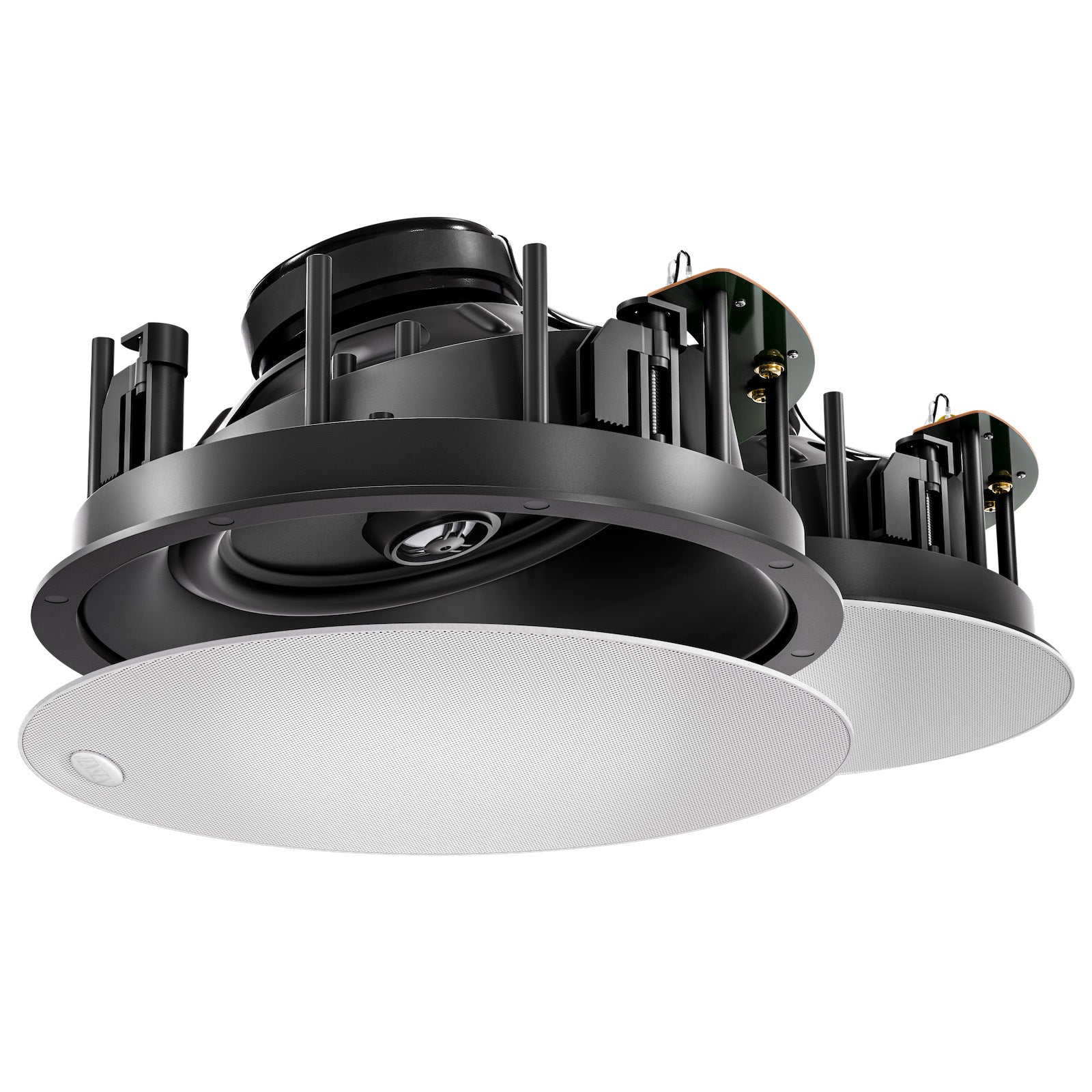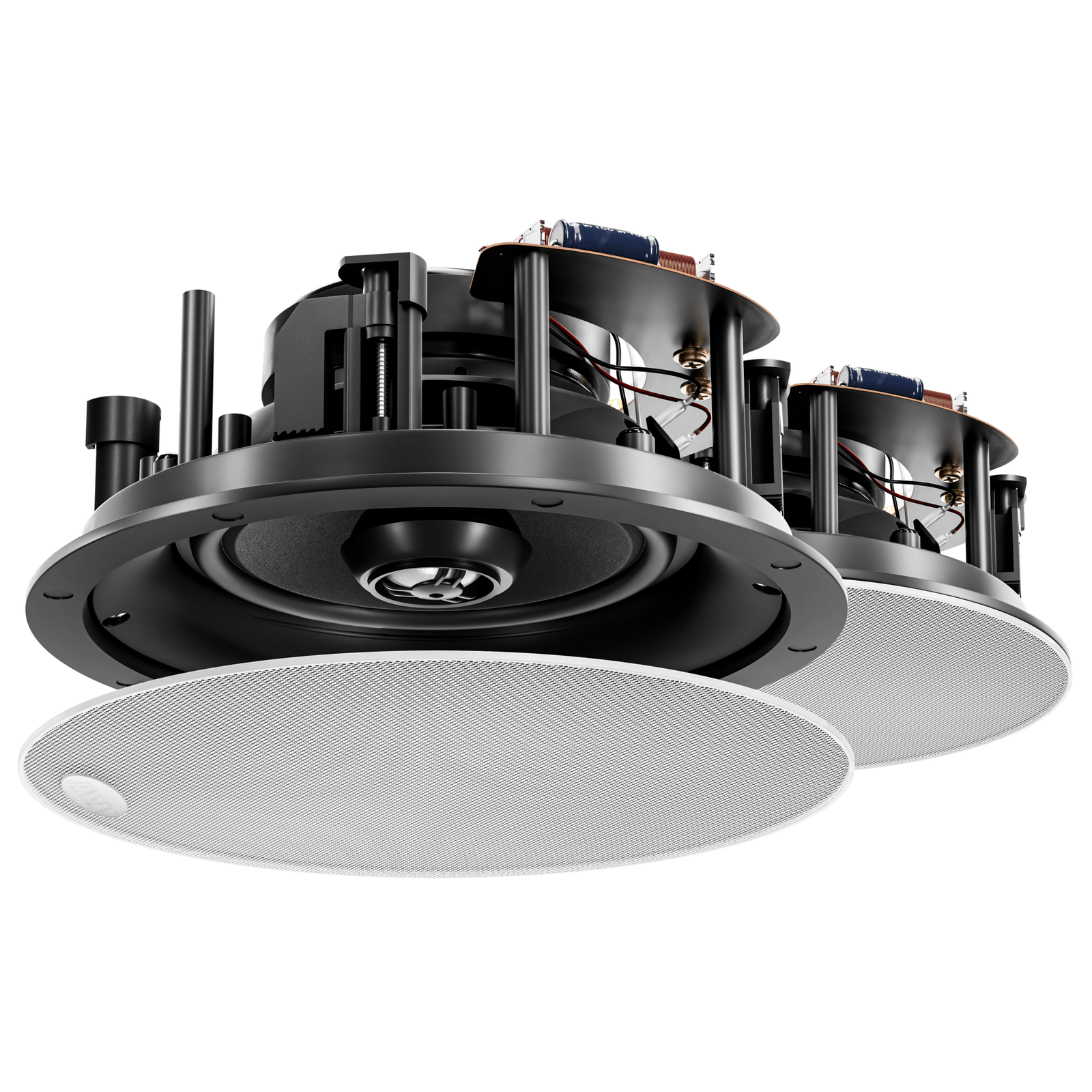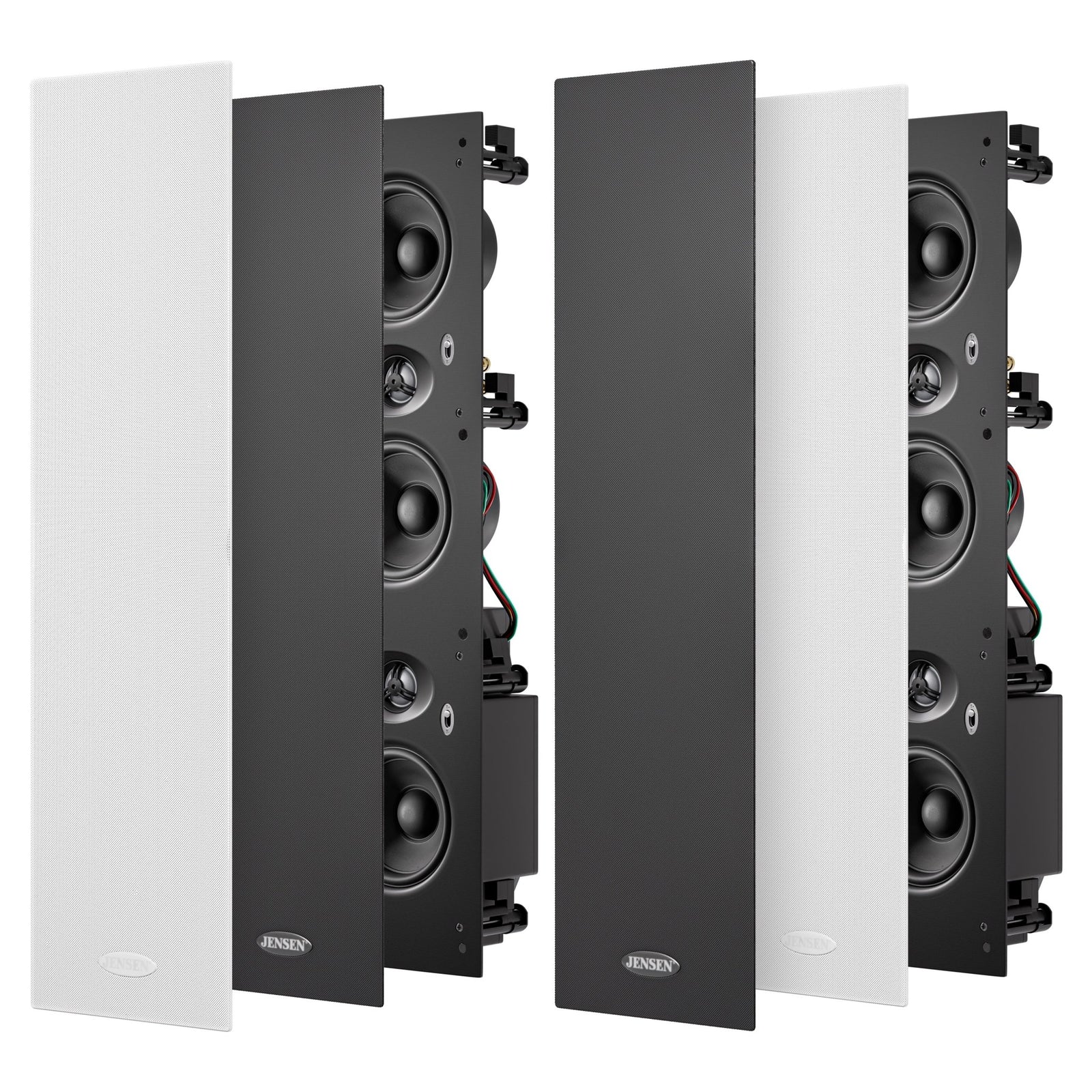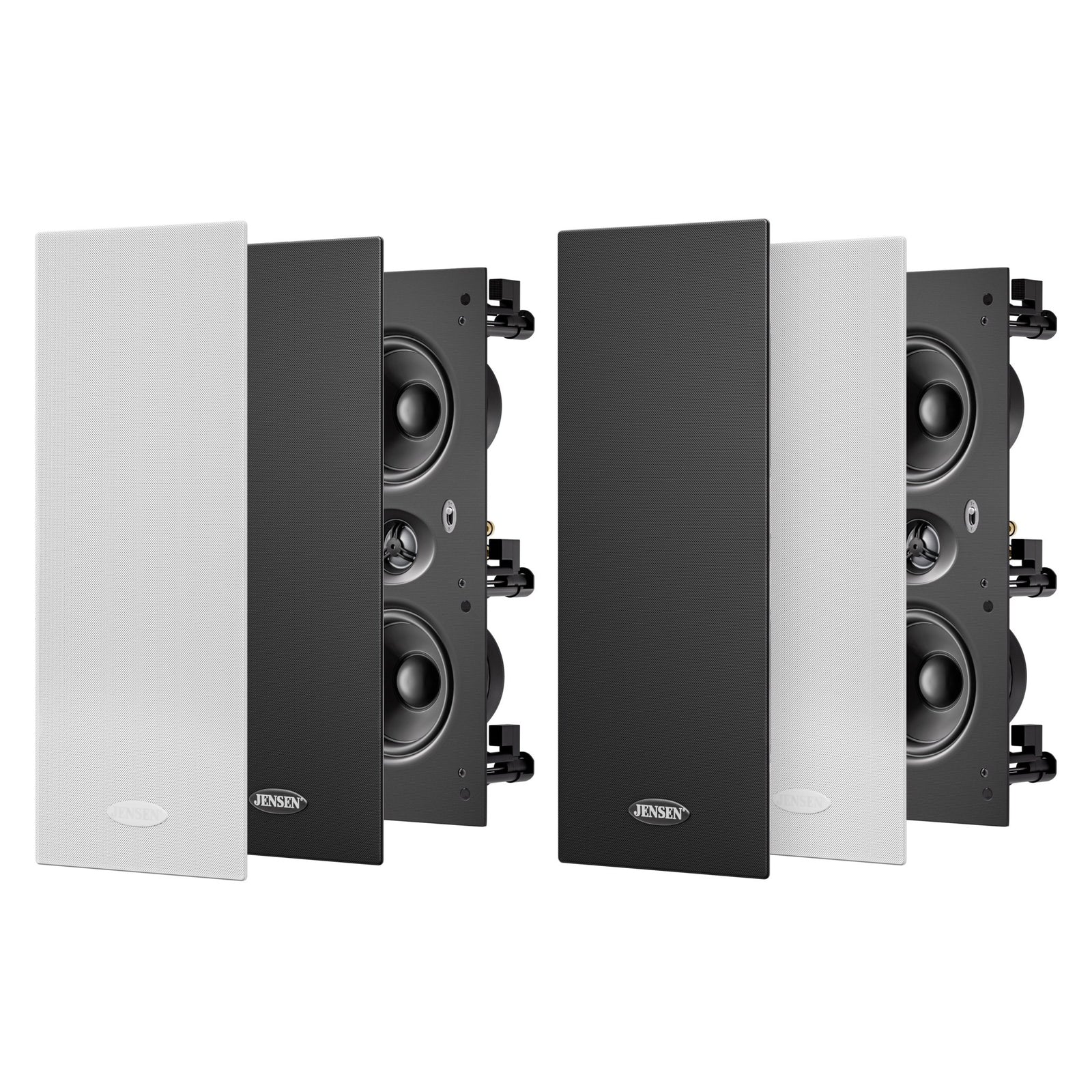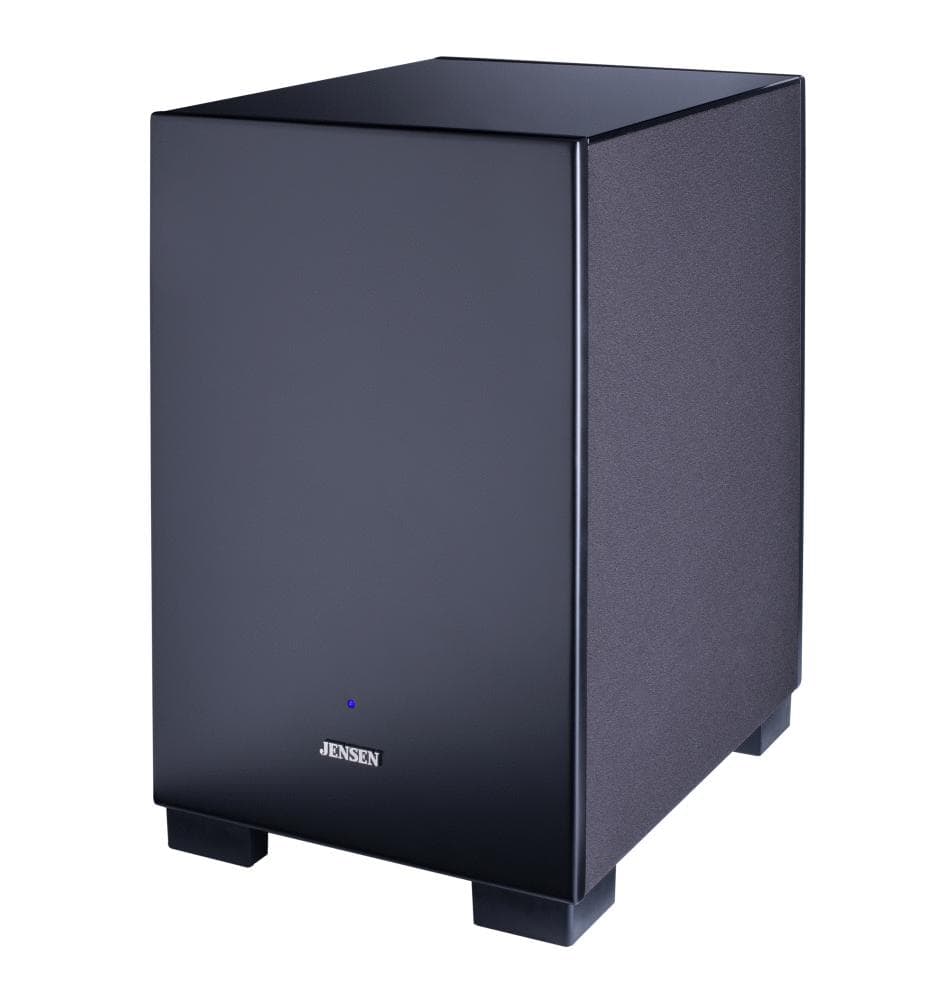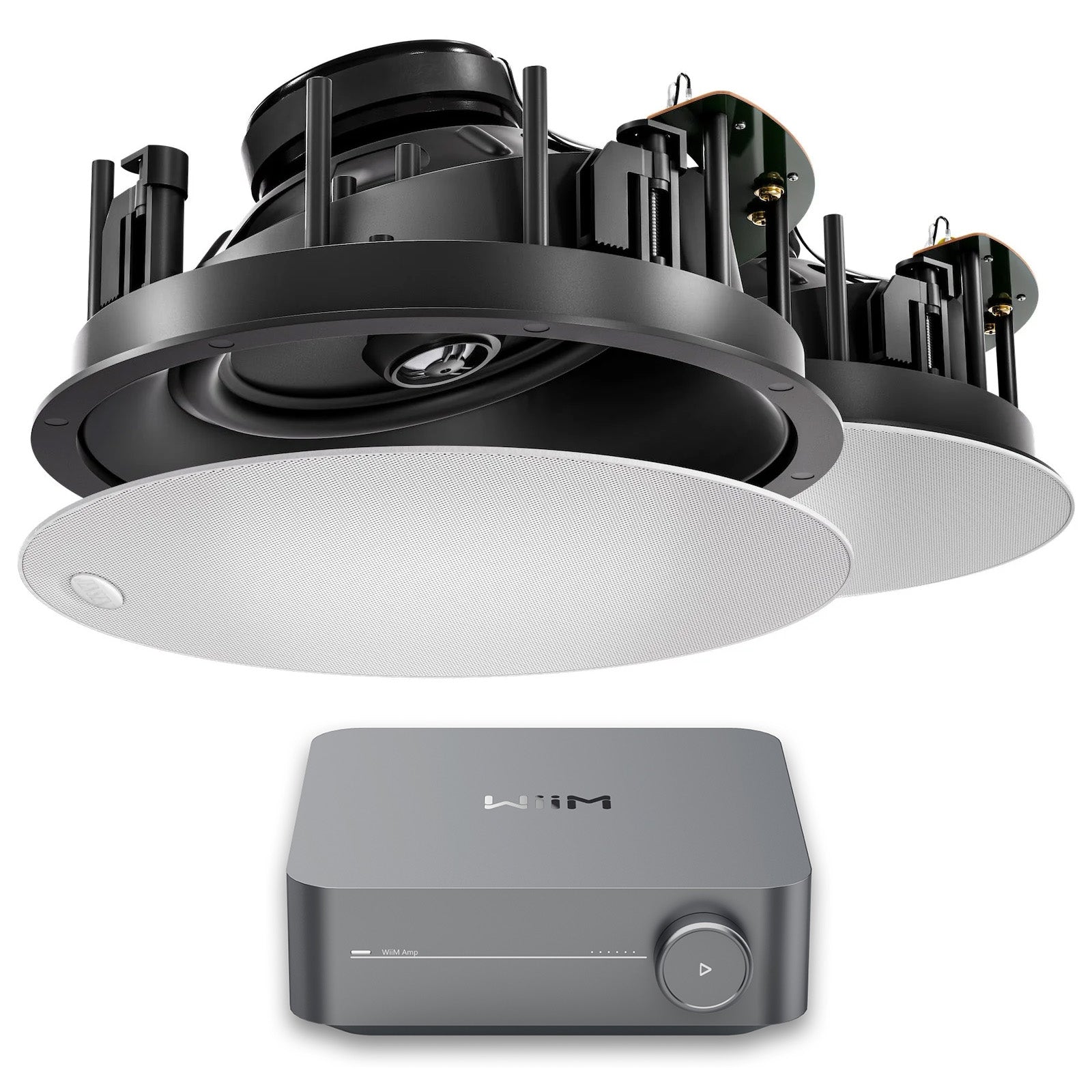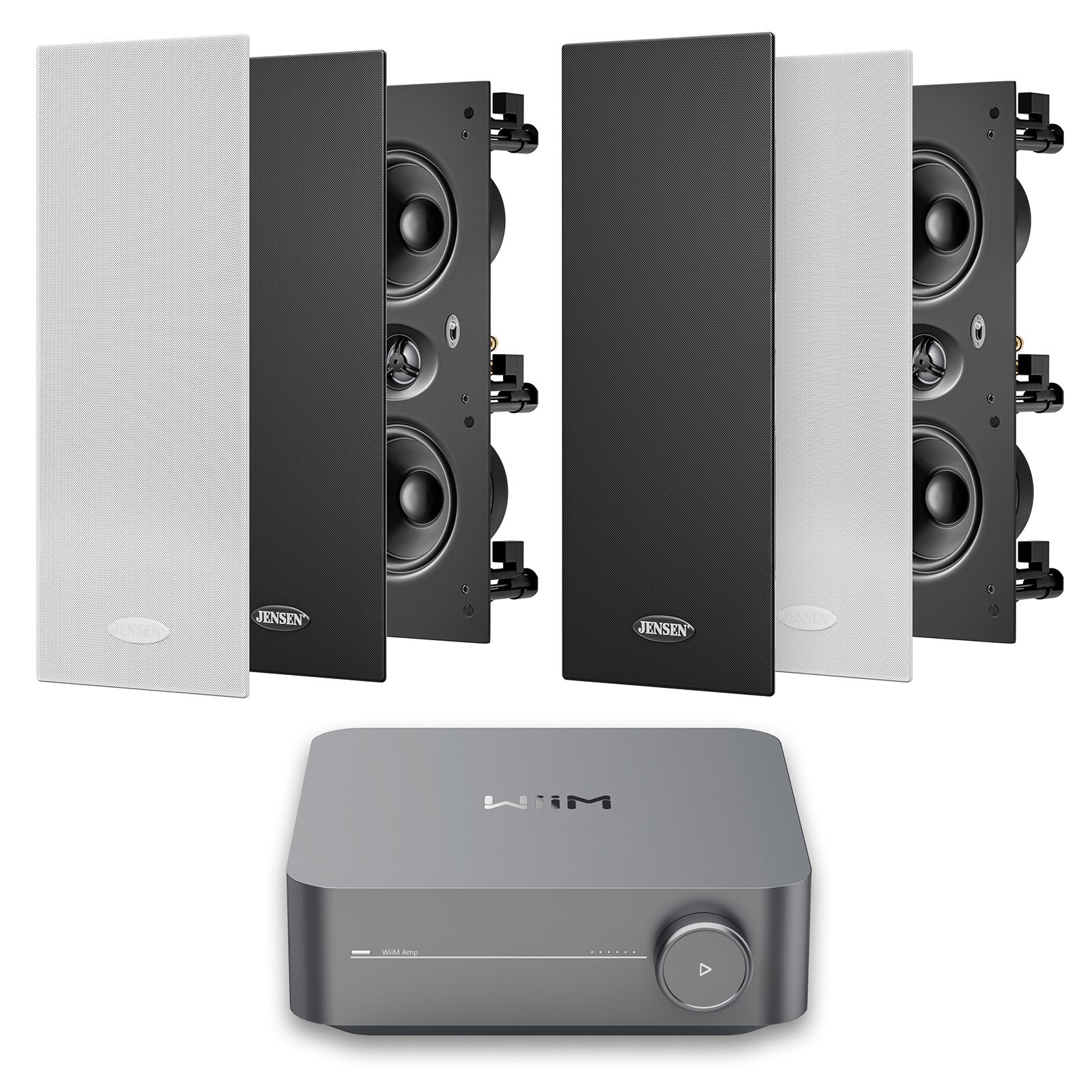DO I NEED A SUBWOOFER FOR MY HOME THEATRE?

In this article I’m going to explain whether it’s worth getting a subwoofer for your home theatre system and why.
After selling home theatre systems with and without subwoofers for more than 5 years, I learned there are only a few things you need to think about.
Those things form the basis for this guide.
Is it worth buying a subwoofer? Is there enough bass without one? What even IS a subwoofer? How does it work? WHY should I buy one?
All great questions that I’m going to get into.
Let’s dig in.
- What Is A Subwoofer?
- Things To Consider When Buying A Subwoofer
- Do I Need A Surround Sound Subwoofer?
- Conclusion: Should I Get A Subwoofer?
What Is A Subwoofer?

A quality home theatre system will give you a rich, exciting experience.
You’ll hear voices and follow the dialogue. Your attention will be grabbed by sudden sounds and punchy action scenes. You’ll feel intense emotions as epic soundtracks fade in and add richness to the story.
Your speakers do this by working together to create sounds across the entire frequency range. But when it comes to very deep, low-frequency sounds, a speaker needs to move a LOT of air.
That’s where a subwoofer comes in.
A subwoofer is a speaker that’s dedicated to low-frequencies.
It doesn’t play any higher frequencies, where most voices and many instruments are. By focusing on only low ones, it allows the sub to move a lot of air — and if it’s a GOOD sub it will play deep sounds in a “tight” way that isn’t boomy.
Passive vs. active home theatre subwoofers
It takes more energy to move lots of air like this. That’s why most modern subwoofers have amplifiers built into them.
Subwoofers used to be “passive,” which meant they got power from your AV receiver. Almost all of them are now “active” and have amps that give them dedicated power.
This is why subwoofers seem so expensive compared to other types of speakers. It’s not just a speaker “cone,” it’s also an amplifier. But there’s really no way around it… if you want the best possible bass response from your system you need an active subwoofer.
Active subwoofers allow your receiver to power the rest of the surround sound system better. They also outperform passive ones by a mile.
Why do subwoofers have only one speaker?
When you look at a home theatre subwoofer’s parts you will often find only ONE speaker driver.
Why is that?
There’s only one speaker because the subwoofer only needs to worry about one frequency band… BASS!
One big, tight driver is more than enough to deliver intense, rumbling sub bass performance.
An important difference about subwoofers
Subwoofers don’t need to be in plain sight and pointed towards you. This is because low frequencies spread out more than mid and high ones.
If high frequencies aren’t pointed at your ears, you won’t hear them with complete detail. (That’s why speakers in the Jensen rangefeature directional tweeters.)
On the flip side, bass and sub bass frequencies sound the same to your ears regardless of where they come from… even if they come from behind you.
You may have seen a home theatre system with a subwoofer that’s behind the seating area. This placement works just fine. (I’ll explain placement in more detail below.)
Things To Consider When Buying A Subwoofer

Before you make this decision, there are some things to consider.
What room is right for a subwoofer?
You may want to consider the size of your home theatre room. The Jensen EHT-707 subwoofer can fill a room as large as 100 m2 with awesome bass, but maybe that will upset the neighbors.
Smaller rooms like you get with apartment blocks should take this into consideration.
That said… you can always turn the subwoofer down, or even turn it off at night. That way you’ll still have the full cinema experience ready to go if you want to watch that new Atmos flick during the day, or on a weekend.
How your room’s “acoustics” affect a subwoofer
Maybe you’ve heard that the shape, size and contents of a room change that room’s acoustics. This is true and to a certain extent, it matters. But it’s not an enormous deal. (You can find what you need to know here.)
That said, deep bass is one of the things that’s effected by room acoustics.
What can happen with bass and sub bass in a room, is that bass traps can form in corners and create unwanted “bass boosts.” These overwhelm the rest of the sound and create an ugly boominess.
To prevent this, don’t place your sub in a corner. Bonus points if you put an acoustically “dead” material or decoration in the corner nearest to your sub.
The other thing that can happen is objects in the room vibrate. Usually this is a cabinet… especially if the subwoofer is IN the cabinet.
To prevent this one, use a downward firing subwoofer, and make sure any cabinets or nearby things are solid and secure.
Also be mindful of your…
Subwoofer placement for home theatre
Because of how home theatre subwoofers are designed, you have flexibility in placing them.
You learned before that subwoofers can be anywhere in the room and they’ll deliver the same sound to your ears. That’s because bass and sub bass frequencies are not dependent on direction. This makes placing a sub a lot easier than the rest of the speakers.
Again, avoid placing subs in corners and near objects that will rattle. Other than that you can place the sub wherever looks good to you.
There is one caveat though…
If your subwoofer is far enough away, you can get “dead areas” where the bass is less audible. This is because low-frequency sound waves are BIG, and timing becomes a factor.
This is exactly why you can adjust your…
Home theatre subwoofer phase setting

All quality subwoofers are fitted with a “phase adjustment” setting. These usually range from 0 degrees to 180 degrees (often it’s just one switch between those two settings).
This setting adjusts the timing of the subwoofer’s sound to compensate for distance. It’s important when you want to put your subwoofer further away from the front of the room, like along the sides or in the back.
Sometimes these are knobs that range from 0 degrees to 180 degrees. What’s more practical is a simple switch that toggles between “normal” and “reverse.” That’s because fine-adjustment with big bass waves makes a negligible difference.
The method for working out whether to use this setting or not is simple: Trial and error. Sit in your listening position and listen to a song or movie scene with a good amount of bass. Then flip the switch and listen again. Whichever sounds better, stick with that.
Home theatre subwoofer connection
If you decide to get a sub, you need to know how to hook it up.
Subwoofers almost always use an analog cable, which is also called an “RCA” cableor coaxial cable. This brings a low level signal from the receiver to the subwoofer’s built-in amplifier, which boosts it to power the bass.
Here’s the thing about home theatre subwoofer wiring…
Usually there’s only one input, even though a lot of “analog RCA cables” come in packs of two (left and right; red and white; etc.). That’s because subwoofers only need one audio signal. Even if a subwoofer has two LEFT and RIGHT inputs, they are mixed into one signal before they’re amplified.
Home theatre “subwoofer cables” you see in stores are usually single, long RCA cables. You can actually use any RCA… plugging one RCA into either input will work.
Do I Need A Surround Sound Subwoofer?

The subwoofer in your home cinema system is represented by the “point one” in a surround sound 5.1, 7.1, etc.
It’s a supplement to the audio landscape created by the full-range speakers.
The question is… does it impact the surround sound effect?
Remember the fact that bass and sub bass don’t rely on direction — they are BIG sound waves that spread all over the room…
That means YES… a subwoofer adds a lot to the immersive, 3D sound experience.
Sub bass makes this especially so. These extra low frequencies are FELT more than HEARD… and feeling them in your body and in the rumble of your room will make your hairs stand up.
Does a subwoofer enhance home theatre?
Imagine the climactic Vietnam scene from the film Forrest Gump. Tom Hanks’ character is running out of a war torn jungle carrying his injured lieutenant, just as jets tear through the sky and drop carpet bombs behind them.
The film’s audio tracks for the scream of the jets and the explosions is INTENSE, and you don’t truly experience it without deep sub bass that you feel in your bones.
It’s the same story with epic soundtracks, giant objects thudding or crashing into the ground, and a slew of other scenes in great movies.
Conclusion: Should I Get A Subwoofer?

The home theatre subwoofer does something awesome and unique.
So the short answer to this question is YES.
If you want a home theatre system with explosive, mind-blowing performance, adding a subwoofer is worth it.
But the truth is, it’s also a BONUS. It’s like 20% of the experience.
You can get 80% of the way there with the Jensen range of in-wall and in-ceiling speakers.
Each model has been designed for home cinema sound, with exceptionally deep bass extension for normal speakers.
That said, it remains that you don’t hear as much of the sub bass that you FEEL.
So there are really only 2 reasons you wouldn’t get a sub…
(1) You’re on a limited budget.
This is fair enough, but my recommendation is this: If you’re getting anything at all, it’s worth getting something truly awesome that you’ll love.
Worst case, you can start with speakers and an AV receiver then add a subwoofer later on when you have more funds to play with.
(2) You have close or sensitive neighbors.
If you’re in an apartment or have very close neighbors that would be disturbed by bass, a sub may seem like a bad idea.
It’s up to you but, the truth is you can always turn it off if it’s late. So keep that in mind.
When you decide these things aren’t enough to stop you enjoying the best sound system you can get, things get much more exciting.
Imagine your new theatre lounge, tidy and attractive, with clear sound and rich bass that seem to come from nowhere…
That’s what you get when you go with a Jensen home theatre system. And when you add a powerful Jensen sub to the mix, you create the kind of space that brings people together in awe.
Thanks for reading! If you have any other questions, contact us here.
To learn more, check out these related articles…
5 Reasons To Go In-wall Or In-ceiling For Your Next Home Theatre
7.1 Vs 5.1.2: Is Atmos Thriving Or Diving?
The Best Speakers For Your Outdoor Alfresco Area
